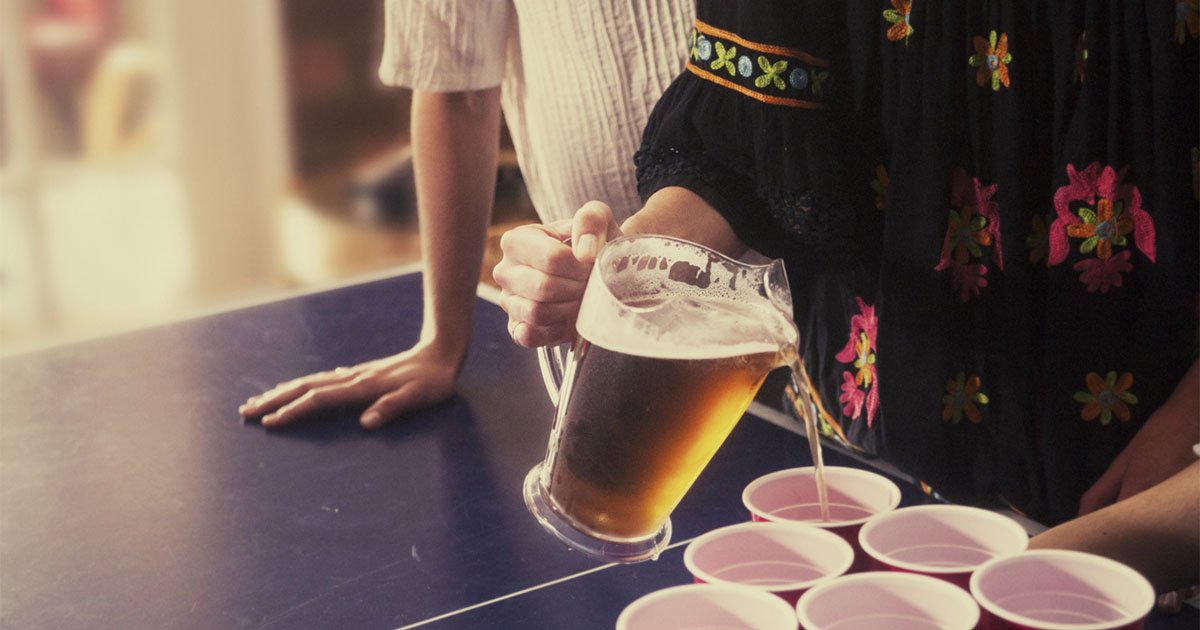Despite the harm that excessive alcohol consumption can cause in a community, use of some alcohol-related enforcement strategies remained low or decreased over the past 10 years — specifically those related to underaged drinking, according to a new study from the University of Minnesota School of Public Health (SPH). SPH researchers assessed the prevalence of alcohol-related law enforcement strategies in three areas — underage drinking, impaired driving and sales to obviously intoxicated persons — between 2010 and 2019.
The paper, published in the Journal of Studies on Alcohol and Drugs, updates findings the researchers had published in a 2010 study that was one of the first to investigate alcohol-related law enforcement efforts on a national level. For the current study, researchers surveyed the same law-enforcement agencies in order to assess any changes in alcohol enforcement practices over the previous decade.
The researchers found decreased enforcement of underage drinking laws in three key areas:
- Use of compliance checks, in which law enforcement supervise undercover youth who attempt to purchase alcohol, dropped from 41.9% to 36.4%.
- Enforcement of laws prohibiting adults from providing alcohol to underage persons decreased from 48.5% to 33.9%
- Enforcement of underage possession and/or consumption of alcohol dropped from 84.7% to 66.5%.
“Use of all three types of underage drinking enforcement efforts that we examined significantly decreased from 2010 to 2019,” says SPH researcher and lead author Kathleen Lenk. “In addition, enforcement aimed at underage drinkers themselves, versus the alcohol outlets and adults who supply alcohol, were the most commonly used enforcement strategies at both time points. This is a common enforcement approach, but studies demonstrate it is more effective to focus on reducing access to alcohol rather than punishing underage persons.”
In other findings, the researchers found less severe decreases in enforcement techniques: the use of sobriety checkpoints declined slightly (from 43.7% in 2010 to 42.1% in 2019) and the enforcement of laws prohibiting the sale of alcohol to obviously intoxicated persons fell from 24.8% to 23.8%.
There were increases in two types of impaired driving enforcement: the percentage of agencies using saturation patrols rose from 69.1% to 75.5% and open container enforcement increased from 45.6% of agencies to 57.9%.
“Our results indicate the need for improvement in alcohol enforcement regarding underage drinking, impaired driving and sales to obviously intoxicated persons,” says Lenk.

